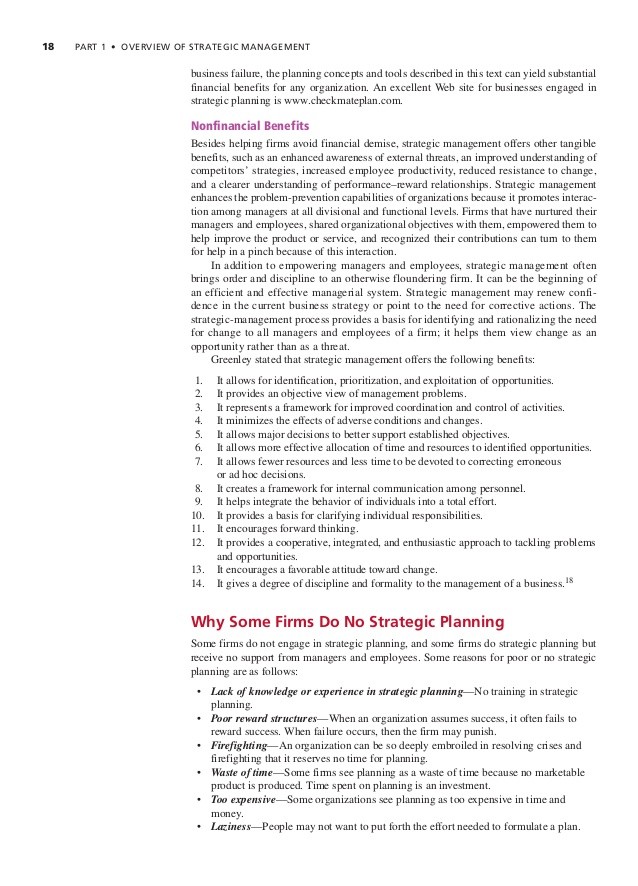Costs and Benefits of the Dividend Capture Strategy Financial Web
Post on: 10 Июнь, 2015 No Comment

Using the dividend capture strategy has become more and more popular in the stock market today. It is being utilized as a way to boost returns and minimize risk. While it does present you with some benefits, it has a few drawbacks as well. Here are the costs and benefits of the dividend capture strategy.
The Strategy
The idea behind the dividend capture strategy is simple. This involves an investor that purchases a stock shortly before the dividend is paid out to the shareholders. Then after the dividend is paid, they sell the stock and do it again with another company.
- Regular return- Using this strategy can provide you with a consistent return on your investment. You know that you are getting a dividend soon which will give you a nice boost in capital if you do it repeatedly. If you employ this strategy correctly, you could potentially net a very high return on your investment over time.
- Not price-dependent- With this strategy, you do not have to worry about the stock price as much. You are simply in it to get the dividend. You do not have to realize a huge return on your investment through the advancement of the stock price.
Costs
- Price accommodation- While in theory, this sounds like a great strategy, when you actually put it into practice, it does not work as well as you would have hoped. When you go to buy a stock shortly before the dividend is issued, you will find that the price of the stock goes up to accommodate this. Therefore, you actually pay more for the stock than you would have earlier. Then after the dividend is issued, the value of the stock will drop a bit. Between the initial raise in price and then final drop, you will usually pay back the money that you made from the dividend.
- Transaction fees- When you frequently buy and sell stocks, you are going to incur a lot of commissions as a result. When you pay a fee every time you buy and sell, you are going to eat up a big part of your profits in broker fees.
- Ex-dividend date- When you want to utilize this strategy, you have to be fully aware of the ex-dividend date of the stock. This is the date that you have to be a shareholder in order to get a dividend from the company. If you lose track of the ex-dividend date or get your order in late, you could potentially miss the dividend payment. Then you have this stock that you do not really want that will not pay another dividend for a while.
- Taxes- Another drawback to this method is the taxes that will be incurred. If you hold a security for less than 61 days, you will have to pay your regular income tax rate, which depends on your tax bracket. If you buy and hold the stock for more than that period, the rate will drop down to the capital gains tax rate.
$7 Online Trading. Fast executions. Only at Scottrade














